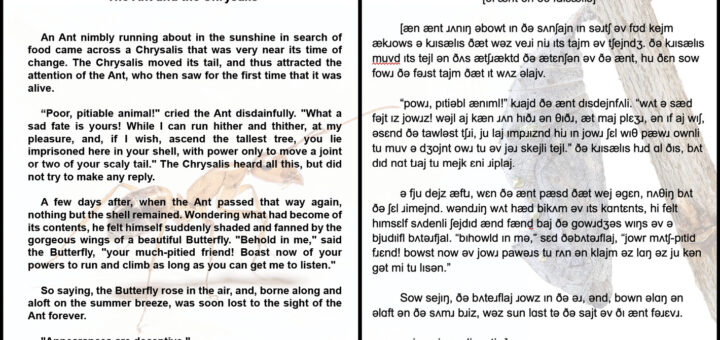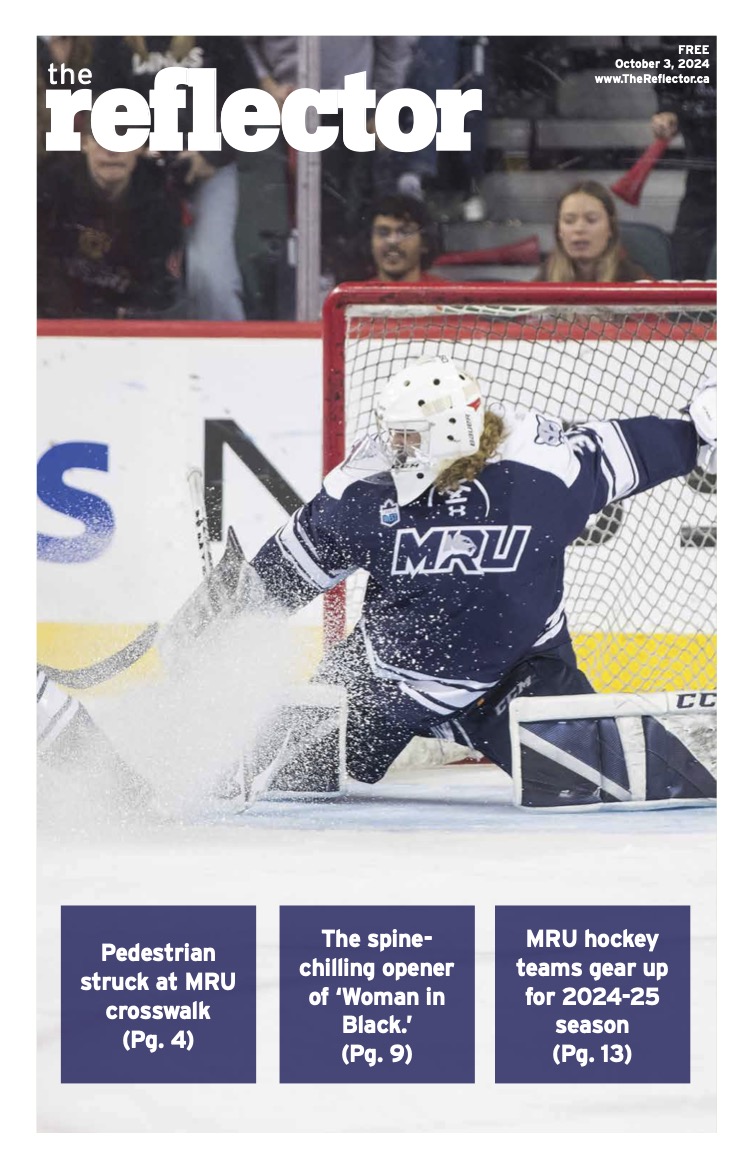How one language tool can help you to better communicate across languages

Charlotte Holmes, Contributor
Growing up, it is almost a right of passage to try and create your own language with your friends. It gives way to ‘inside jokes’ as anyone overhearing would try to piece together the gibberish-like sounds you’d be making. For me, language was always something that seemed a little abstract whether it be French, English or the gibberish language my friends and I made. I struggled to understand all the rules and structure of language – maybe that was because of my dyslexia or maybe it is because language can be a lot more complex than the average person might realize.
Language by definition is a structured system of communication. We might think of it to consist of spoken and written words but language is far more encompassing than just that. Language can also be formed by gestures and actions like in sign languages, or speech sounds like “clicks” in Khoisan languages.
There are also tools that focus on speech sounds. One, in particular, is constructed by symbols for each speech sound. Simply put, one symbol represents one distinct speech sound. The interesting thing is that the symbols themselves are pulled from various other languages throughout the world. This system is called the International Phonetics Alphabet (IPA).
I began learning IPA earlier this year in my Linguistics class. With a minor in speech, I am required to take The Nature of Language 1. I had a weird mix of feelings going into the class. On one hand, I was ecstatic to dive deeper and expand my knowledge of the language in the hopes of improving my skills as a communicator. On the other hand, I was terrified.
For much of my life I thought university was an unattainable goal — my learning disability had always served as the devil on my shoulder making me feel weak and incapable. For years I have worked my ass off — pardon my French — to navigate and compose for my dyslexia, especially in terms of academics, but my hard work has paid off.
Thus far in my time at university, I have pretty much been a straight A-student, with the standard mid-semester mental breakdown accounting for a few less-than-ideal grades. But I knew this class was going to be different, I knew this class was gonna challenge me in a new way that I was truly terrified about — and I honestly had zero ideas what to expect.
When I sat down at the desk on the first day of classes and heard I would have to learn a sound-based, symbolic alphabet, my jaw dropped and I realized my fears were becoming a reality. I knew I was in for a challenge.
I would be lying if I said it wasn’t challenging. IPA is not as straightforward as French or Italian was for me to learn but it did teach me something else too — it taught me that communication and understanding across languages and cultures could be easier than I ever thought. With a great professor properly guiding me through each lesson and breaking it down, my anxiety lessened each class. I didn’t have to worry about my dyslexia, or getting a bad grade — I very quickly realized how much I overdramatized my anxiety going into it.
With a supportive environment in the class and a room full of other students who were slowly piecing it all together, just like me, I realized that learning IPA could teach me a lot more than just basic sounds and symbols.
My class has worked hard throughout the semester to unlock a part of our brains. We have a better understanding of language and all the different languages throughout the world. We have also become better communicators and because of this, we all wanted to share what we have learned. Below is a fable, The Ant and the Chrysalis. My class came together to transcribe it into IPA to give you a little taste of what it is like and hopefully encourage you to expand your learning in ways you didn’t know were possible.




